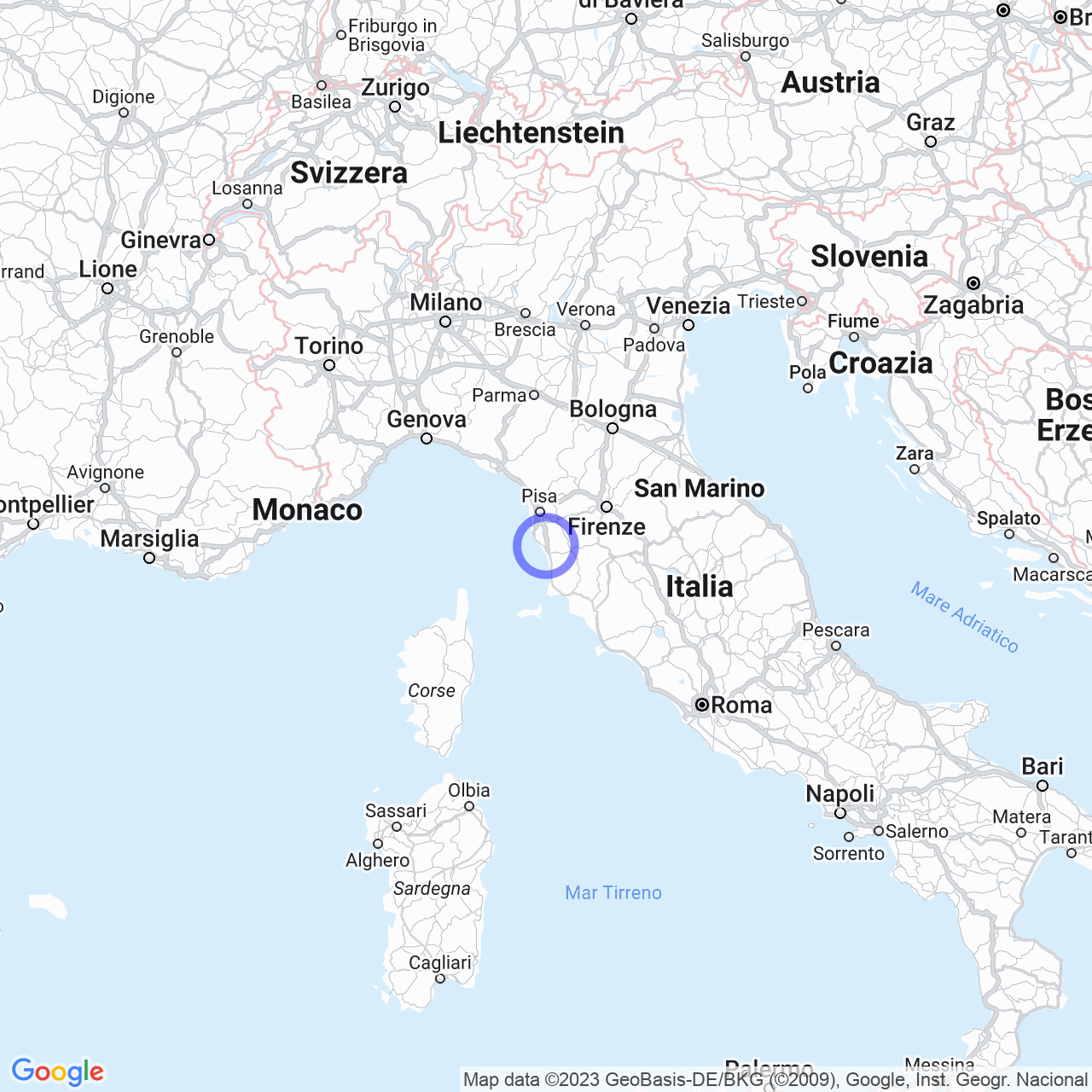Gabbro
Gabbro: an unusual named corner of Tuscany with a unique rock
Gabbro is a small hamlet in the municipality of Rosignano Marittimo, located in the province of Livorno, Tuscany. The name of the village derives from the intrusive igneous rock called gabbro, which emerges in this area. In fact, geologist Christian Leopold von Buch named this rock after studying it in the Gabbro area in the 19th century.
A brief history of Gabbro
The name "Gabbro" seems to come from the Latin word "glabrum", which means bald or smooth, due to the barren soil of the area where the hard and dark green rock with magnesium content emerges. The first reliable document mentioning Gabbro dates back to the Middle Ages, in 1312, where it is mentioned in a register of the "Pia Casa della Misericordia di Pisa".
During the Middle Ages, the village was known as the Municipality of Torricchi-Gabbro, which was part of the possessions of Pisa. In 1406, the territory was conquered by Niccolò Donati, in the service of the Medici, and assigned under the podesteria of Rosignano and then to that of Lari.
Since 1606, Gabbro became part of the New Captaincy of Livorno, an important expanding town. During the 18th century, Gabbro experienced a phase of decline. But then, the situation improved thanks to economic and demographic growth. In this period, the Church of San Michele Arcangelo (Gabbro) was born, which preserves important works of art such as a painting on wood with "Saint Michael killing the dragon" and the "Madonna del Buonconsiglio", a work from the Sienese school of the 15th century.
In 1776, Gabbro was suppressed to become part of the municipality of Fauglia. With the unification of Italy, the village passed under the jurisdiction of Collesalvetti and finally, in 1910, became part of the municipality of Rosignano Marittimo.

What to see in Gabbro
Gabbro preserves several important tourist attractions, including the Church of San Michele Arcangelo (Gabbro), the Rocca del Gabbro, and Villa Mirabella.
The Church of San Michele Arcangelo in Baroque style was built in the first half of the 18th century and preserves important works of art.
The Rocca del Gabbro, on the other hand, is a medieval fortress that played an important role in the defense of the area under the dominion of Pisa.
Villa Mirabella is an eighteenth-century villa with elegant and decorated interiors.
How to reach Gabbro
Gabbro is easily reachable by car from Livorno through the road that passes through the nearby town of Nibbiaia or the provincial road 8. From the city of Rosignano, you can arrive via the road to Castelnuovo della Misericordia or state road 206, then exit onto the provincial road 8. You can also arrive from the city of Collesalvetti through the provincial road of "Gabbro and Valle Benedetta" or state road 206.
Gabbro and sports
Gabbro is also a place where you can practice outdoor sports. The football team of ASD La Cantèra Acli Gabbro plays in the Third Category of the National Amateur League.
Gabbro in literature
Gabbro was chosen as the setting for the successful novel by Nada Malanima, "Il mio cuore umano", published in 2008. In 2009, the novel was adapted into a television movie entitled "La bambina che non voleva cantare".
With its natural beauties and cultural attractions, Gabbro is an ideal place for a trip out of town in Tuscany.
